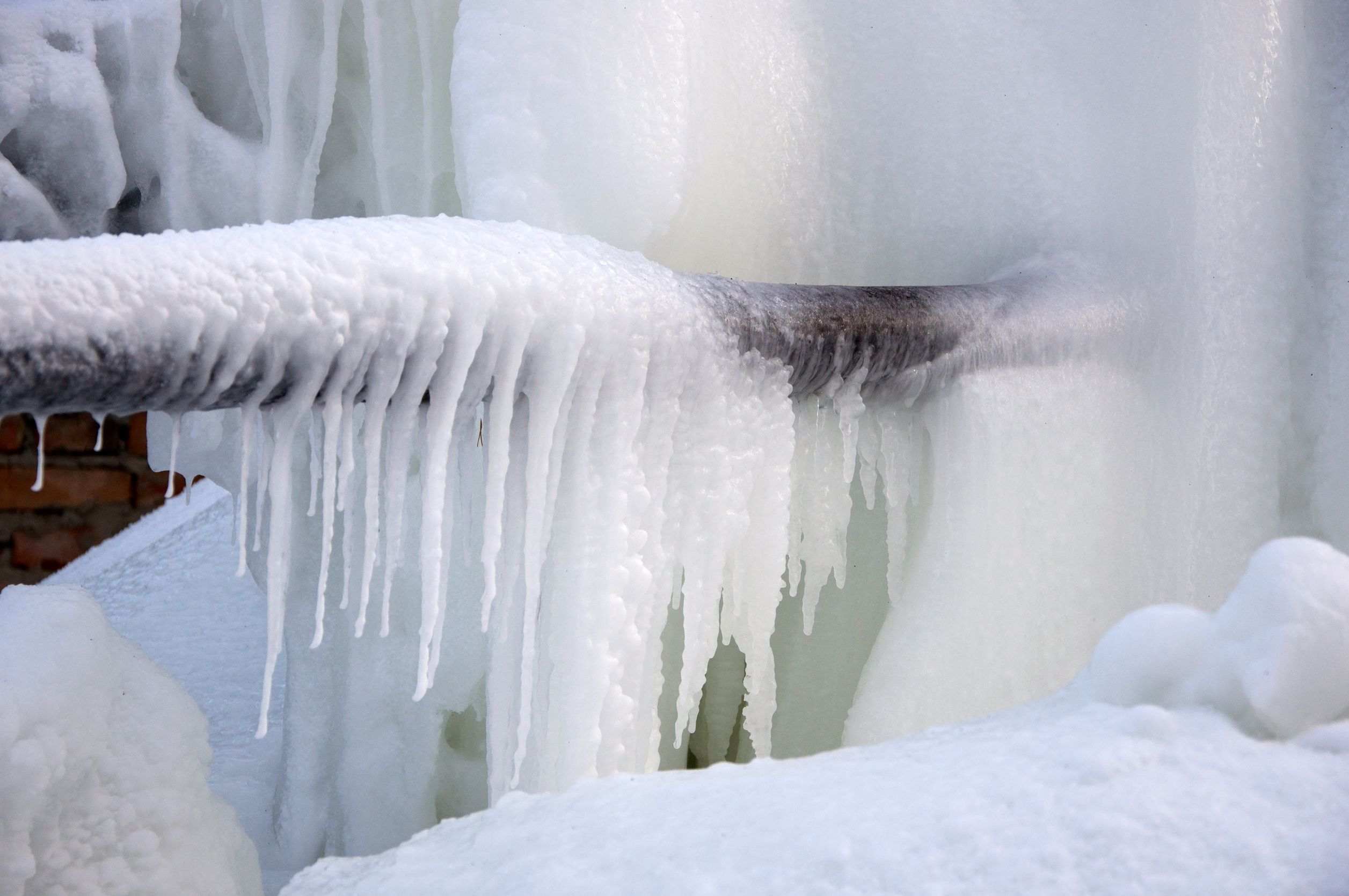Essential Advice for Avoiding Frozen Plumbing in Cold Weather Conditions
Essential Advice for Avoiding Frozen Plumbing in Cold Weather Conditions
Blog Article
On this page in the next paragraphs you might get lots of superb material pertaining to 6 Ways to Prevent Frozen Pipes.

Cold weather can ruin your pipes, especially by freezing pipes. Right here's how to stop it from happening and what to do if it does.
Intro
As temperatures decline, the risk of icy pipes boosts, possibly bring about pricey repairs and water damage. Recognizing exactly how to stop icy pipelines is crucial for homeowners in cold climates.
Prevention Tips
Shielding prone pipes
Cover pipelines in insulation sleeves or utilize warmth tape to protect them from freezing temperature levels. Focus on pipes in unheated or external areas of the home.
Heating strategies
Keep interior areas properly heated, especially areas with pipes. Open up closet doors to allow warm air to distribute around pipelines under sinks.
Just how to recognize icy pipes
Try to find lowered water circulation from taps, uncommon smells or sounds from pipelines, and noticeable frost on subjected pipes.
Long-Term Solutions
Structural modifications
Think about rerouting pipes far from exterior walls or unheated areas. Include additional insulation to attic rooms, basements, and crawl spaces.
Updating insulation
Invest in high-grade insulation for pipes, attic rooms, and wall surfaces. Proper insulation assists maintain regular temperatures and reduces the danger of icy pipelines.
Shielding Exterior Plumbing
Garden pipes and outside faucets
Disconnect and drain pipes yard tubes prior to winter. Install frost-proof spigots or cover outside faucets with insulated caps.
Recognizing Frozen Pipes
What causes pipes to freeze?
Pipelines freeze when subjected to temperatures listed below 32 ° F (0 ° C) for expanded periods. As water inside the pipelines ices up, it expands, putting pressure on the pipe wall surfaces and possibly causing them to burst.
Dangers and problems
Icy pipes can result in water system disturbances, residential property damages, and costly fixings. Ruptured pipelines can flood homes and create considerable architectural damage.
Indications of Frozen Pipeline
Determining frozen pipes early can stop them from rupturing.
What to Do If Your Pipes Freeze
Immediate activities to take
If you suspect icy pipes, keep taps available to alleviate stress as the ice melts. Make use of a hairdryer or towels taken in hot water to thaw pipelines slowly.
Verdict
Avoiding icy pipelines requires aggressive actions and quick feedbacks. By comprehending the reasons, signs, and safety nets, property owners can shield their plumbing throughout winter.
5 Ways to Prevent Frozen Pipes
Drain Outdoor Faucets and Disconnect Hoses
First, close the shut-off valve that controls the flow of water in the pipe to your outdoor faucet. Then, head outside to disconnect and drain your hose and open the outdoor faucet to allow the water to completely drain out of the line. Turn off the faucet when done. Finally, head back to the shut-off valve and drain the remaining water inside the pipe into a bucket or container. Additionally, if you have a home irrigation system, you should consider hiring an expert to clear the system of water each year.
Insulate Pipes
One of the best and most cost-effective methods for preventing frozen water pipes is to wrap your pipes with insulation. This is especially important for areas in your home that aren’t exposed to heat, such as an attic. We suggest using foam sleeves, which can typically be found at your local hardware store.
Keep Heat Running at 65
Your pipes are located inside your walls, and the temperature there is much colder than the rest of the house. To prevent your pipes from freezing, The Insurance Information Institute suggests that you keep your home heated to at least 65 degrees, even when traveling. You may want to invest in smart devices that can keep an eye on the temperature in your home while you’re away.
Leave Water Dripping
Moving water — even a small trickle — can prevent ice from forming inside your pipes. When freezing temps are imminent, start a drip of water from all faucets that serve exposed pipes. Leaving a few faucets running will also help relieve pressure inside the pipes and help prevent a rupture if the water inside freezes.
Open Cupboard Doors
Warm your kitchen and bathroom pipes by opening cupboards and vanities. You should also leave your interior doors ajar to help warm air circulate evenly throughout your home.
.jpg)
I'm just very curious about How to prepare your home plumbing for winter weather and I'm hoping you enjoyed the new piece. I beg you take the time to share this write-up if you liked it. Thanks a lot for your time invested reading it.
Call Today Report this page